In the heart of Central Europe, Hungary has cultivated a unique Christmas tradition that revolves around an unexpected aquatic centerpiece: the carp. While roast turkey or ham dominate holiday tables across much of the Western world, Hungarian families gather around steaming bowls of fish soup and crispy fried carp filets each December. This culinary custom has spawned an entire industry centered around the careful cultivation of Christmas carp, a practice woven into the nation’s agricultural identity.
The tradition traces its roots to Hungary’s Catholic heritage, where abstaining from meat on Christmas Eve once meant turning to freshwater fish as a protein source. Over generations, carp emerged as the favored choice due to its adaptability to pond farming and mild, versatile flesh. Today, the fish transcends its humble origins, becoming a cultural touchstone that connects urban dinner tables to rural fish farms through a meticulously orchestrated annual cycle.
Aquaculture with historical depth
Hungary’s carp farming tradition stretches back to medieval monastic practices, when monasteries first engineered pond systems to supply fish for fast days. The modern industry took shape during the 19th century as agricultural reformers recognized the ideal conditions of the Great Hungarian Plain. The low-lying landscape, fed by the Danube and Tisza river systems, allowed for extensive shallow ponds where carp thrive in warm, nutrient-rich waters.
Contemporary fish farms still employ time-tested techniques alongside modern innovations. From September through December, the water level in maturation ponds gradually lowers, concentrating plankton blooms that give the carp their distinctive rich flavor. Farmers monitor oxygen levels meticulously, sometimes cutting holes in winter ice to prevent fish kills. This careful balancing act between natural processes and human intervention yields firm-fleshed carp ideally suited for holiday preparations.
The Christmas rush
As Advent begins, Hungarian towns transform into bustling fish markets. Temporary wooden tanks spring up on street corners, filled with live carp swimming in chilled water. The spectacle of urban dwellers selecting their Christmas fish from these mobile aquariums has become a beloved seasonal ritual. Vendors often provide cleaning and fileting services on the spot, though some families prefer to keep the fish alive in their bathtubs for ultimate freshness—a practice that charms children and exasperates parents in equal measure.
Behind the scenes, fish farms enter their busiest season. Workers employ specialized nets to harvest tons of carp without damaging their delicate scales—a crucial consideration since Hungarians often judge a fish’s quality by its unblemished appearance. The largest specimens, sometimes exceeding 10 kilograms, command premium prices as centerpieces for extended family gatherings. Smaller fish find their way into grocery stores, where pre-cleaned and vacuum-packed options cater to time-pressed urban consumers.
From pond to plate
The culinary journey of Christmas carp reflects Hungary’s gastronomic ingenuity. Traditional preparations showcase the entire fish, minimizing waste in accordance with rural values. Crispy fried filets represent the most popular preparation, often served with potato salad or a garlic-infused tartar sauce. The head, bones and offal form the base of halászlé, a fiery fisherman’s soup seasoned with paprika and enriched with noodles or potatoes.
Some families preserve even the scales, which when dried can be fashioned into shimmering Christmas ornaments. This holistic approach speaks to a cultural memory of scarcity, where every part of the precious holiday fish held value. Contemporary chefs have elevated these humble traditions, creating upscale versions of classic dishes that appear on Budapest restaurant menus throughout December.
Ecological challenges and innovations
Modern carp farming faces mounting environmental pressures. Climate change has altered precipitation patterns, making water management more challenging in Hungary’s pond systems. Some farms have adopted recirculating aquaculture systems (RAS) for juvenile carp, significantly reducing water usage. Others experiment with polyculture, raising carp alongside mussels or water plants that naturally filter the ponds.
The industry also confronts ethical questions about live fish sales. Animal welfare advocates have prompted some supermarkets to phase out traditional tank displays in favor of pre-packaged options. In response, farmers emphasize their generations-old husbandry practices, arguing that stress-free conditions throughout the carp’s life cycle result in better quality meat—a claim supported by the fish’s enduring popularity.
Cultural significance beyond cuisine
The Christmas carp has swum into Hungarian arts and folklore. Children’s books feature talking carp who outsmart fishermen, while ceramic figurines of the fish adorn holiday trees. In some regions, people save a few scales from their Christmas dinner to keep in wallets as lucky charms throughout the new year. The fish even appears in nativity scenes in certain folk traditions, representing sustenance and abundance.
This cultural depth helps explain why Hungarians continue embracing the tradition even as globalized holiday menus offer easier alternatives. For many families, the multi-day process of selecting, preparing and cooking carp creates meaningful rituals that anchor the holiday experience. The shared labor of breading filets or stirring the soup pot becomes as important as the meal itself, connecting present-day celebrations to generations past.
As Hungary’s aquaculture industry looks to the future, it balances modernization with tradition. Some farms now offer traceability programs where consumers can scan QR codes to learn their fish’s growth history. Others host educational events where urban families can feed carp in summer ponds, fostering appreciation for the fish long before Christmas. These innovations suggest that Hungary’s Christmas carp tradition, far from being a relic, continues to evolve while maintaining its essential character—much like the resilient fish at its heart.
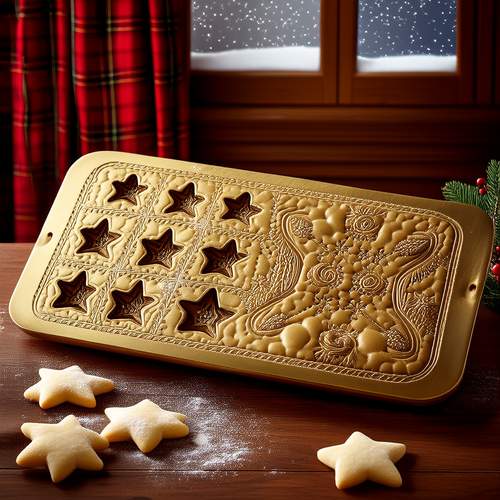
By /May 26, 2025
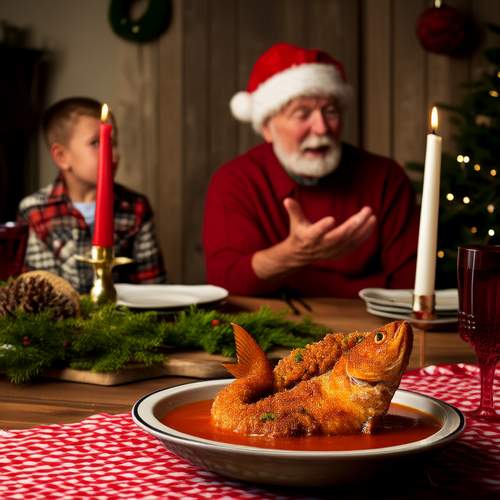
By /May 26, 2025
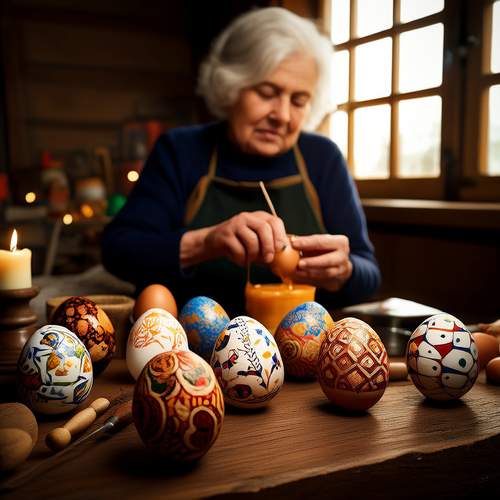
By /May 26, 2025

By /May 26, 2025
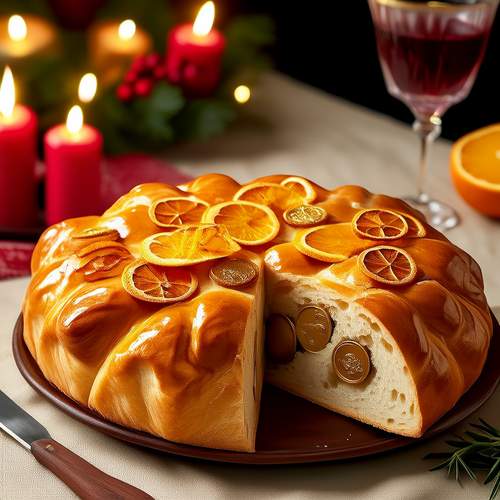
By /May 26, 2025
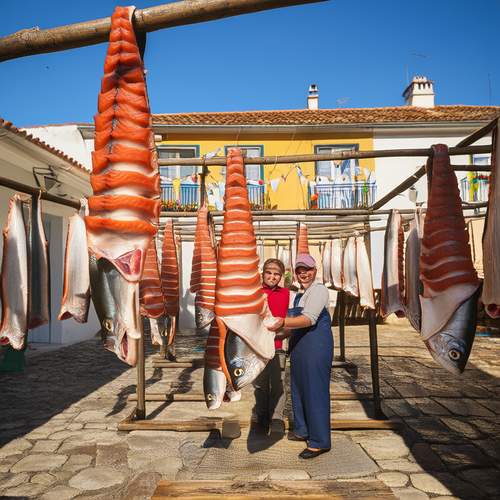
By /May 26, 2025
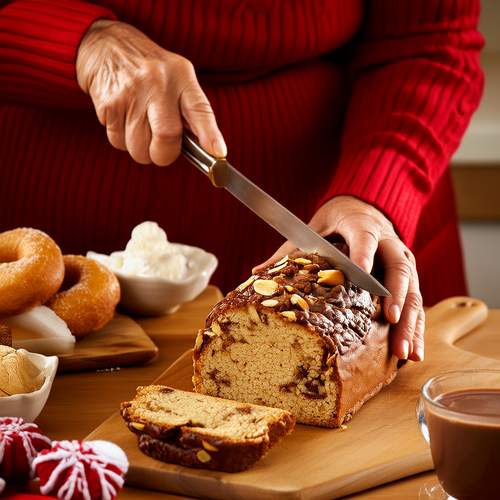
By /May 26, 2025
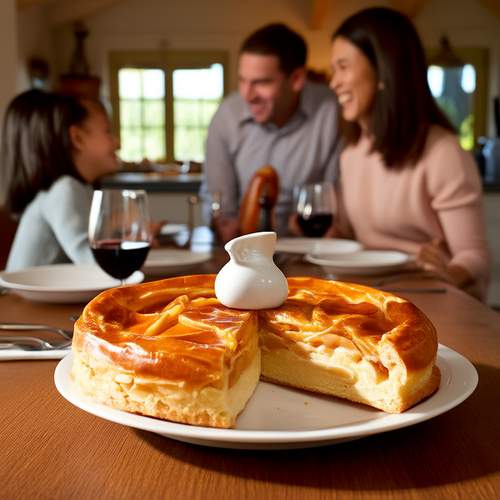
By /May 26, 2025
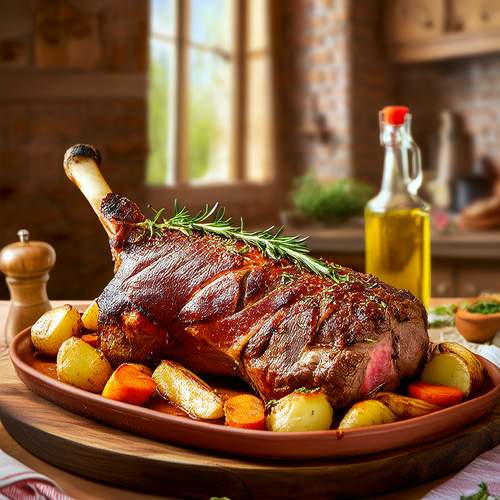
By /May 26, 2025
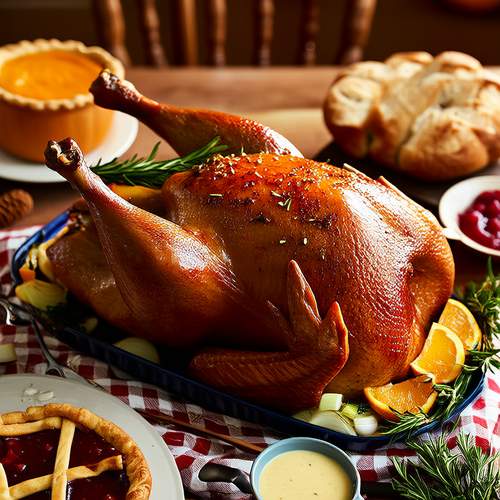
By /May 26, 2025
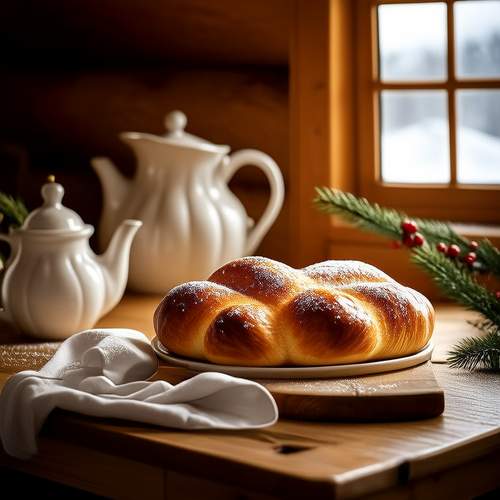
By /May 26, 2025
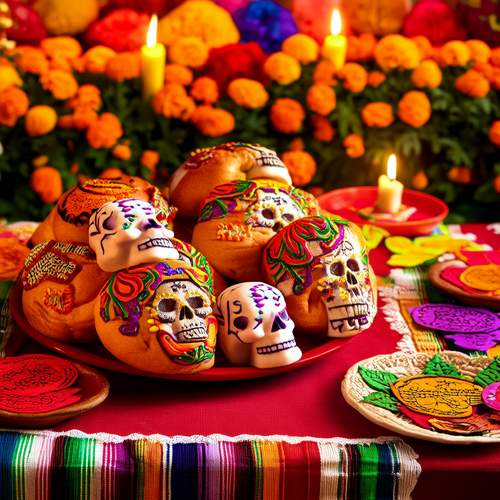
By /May 26, 2025
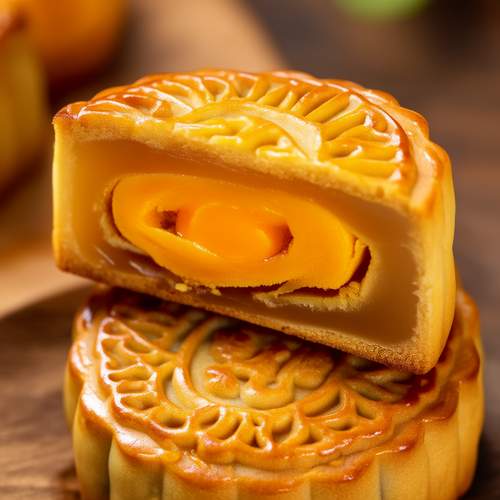
By /May 26, 2025

By /May 26, 2025

By /May 26, 2025
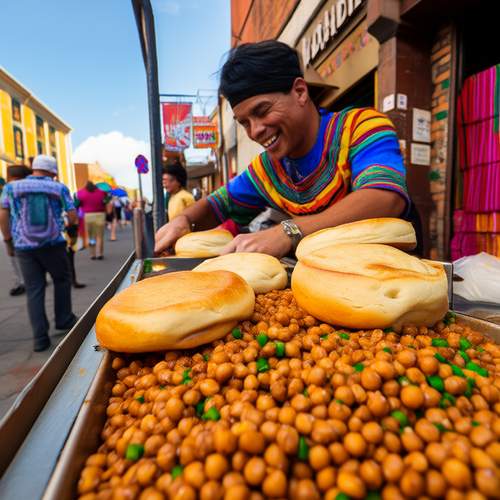
By /May 26, 2025
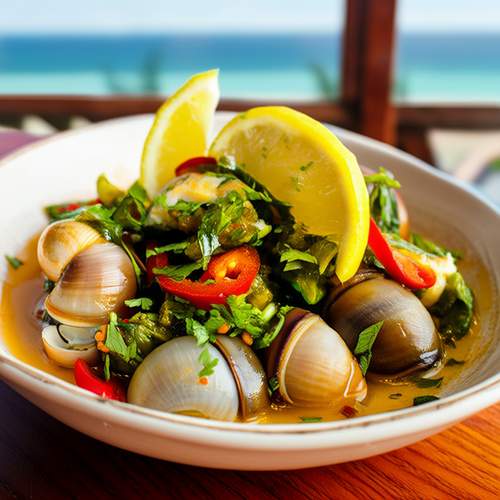
By /May 26, 2025

By /May 26, 2025
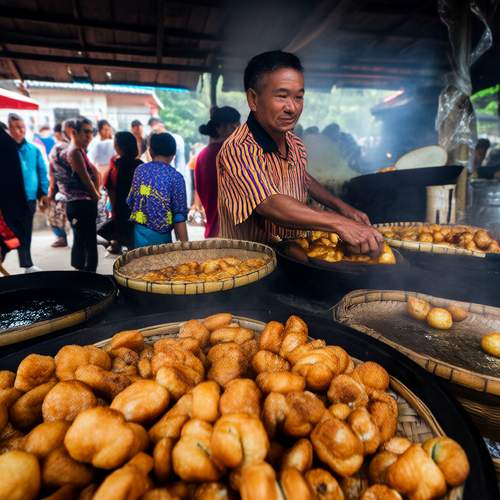
By /May 26, 2025
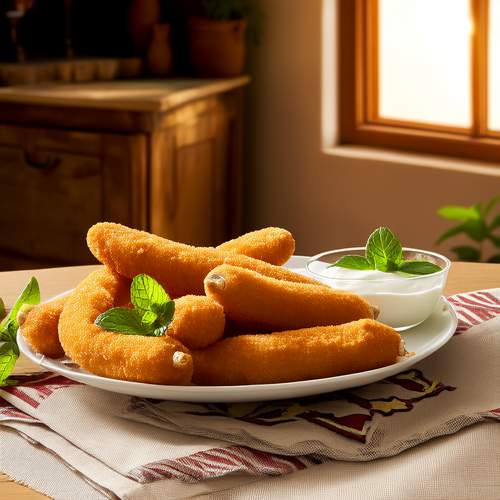
By /May 26, 2025